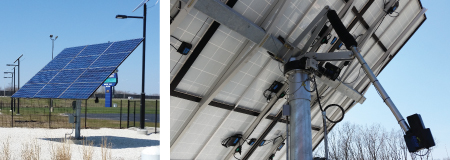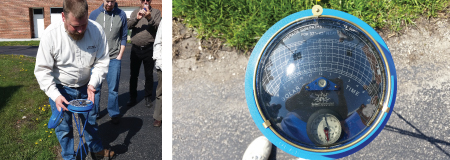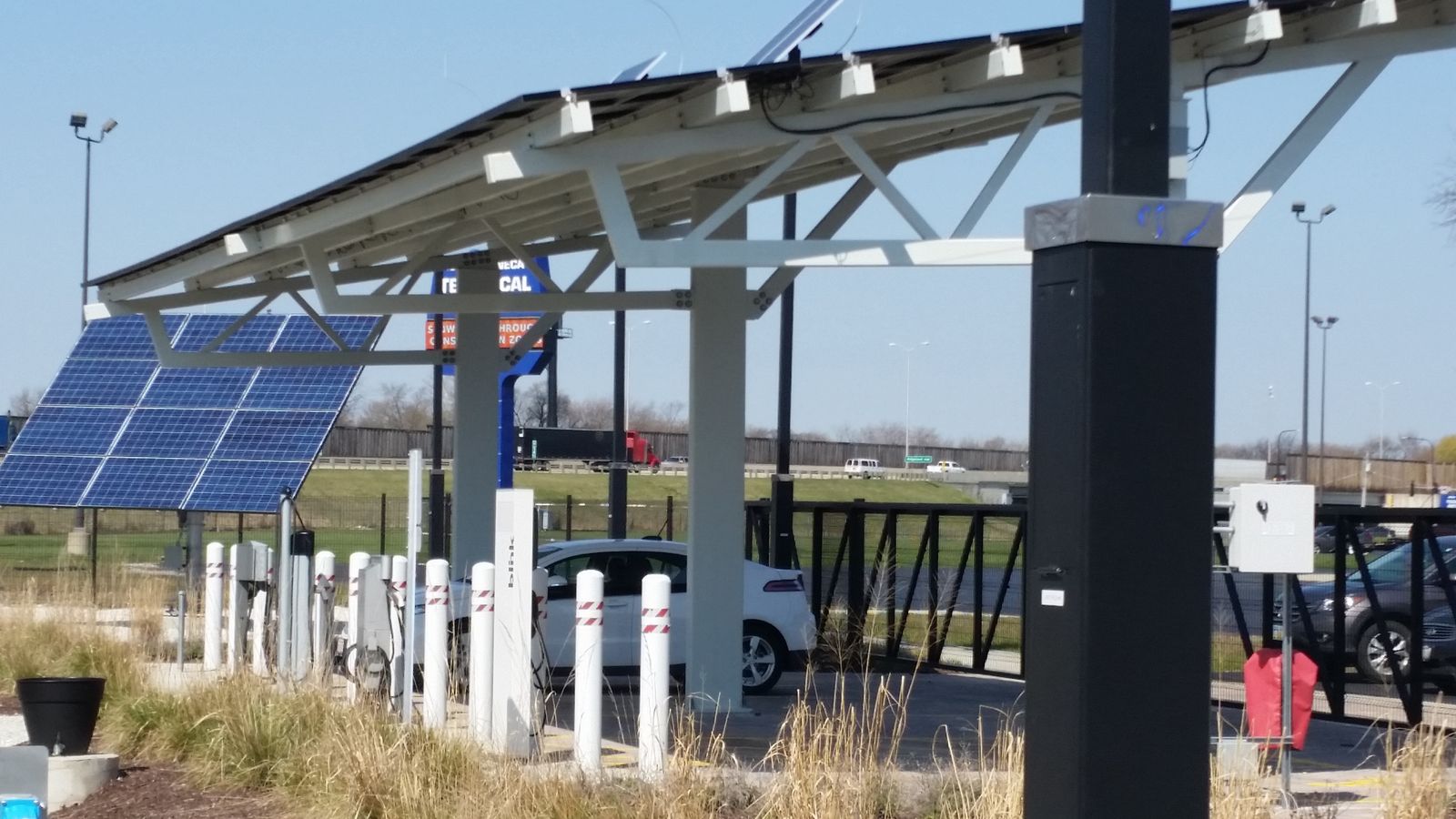By Caryn Turrel
Whenever energy prices go up, or a new major climatology study is published, the Negative Nellies have their way. Our energy source supply won’t last forever! Burning fossil fuels produces carbon dioxide, which is killing the planet! We’re literally killing ourselves! Don’t be a Negative Nellie! The future isn’t as bleak as some would have us believe; in fact, there are a lot of reasons to be optimistic about our nation’s energy future.
One of the more encouraging developments in energy production is the increased installation and use of renewable energy technology. While no single technology is the “silver bullet” that will solve our long-term energy needs, it is safe to say that increased use of renewables will only help to keep our energy sources secure and the electrons flowing into our many devices. As the demand for renewable electricity increases so does the demand for workers skilled in the installation and maintenance of the specialized equipment that generates that electricity.
In Alsip, Illinois, the IBEW-NECA Technical Institute (IN-TECH) has opened a 120,000 square foot facility dedicated to training electrical journeyman wiremen in the function, installation, and maintenance of solar PV, wind, and electric vehicle equipment. The facility opened in September, 2015, and provides evening classes for already-certified journeymen. Additionally, any journeyman apprentices in their fourth year at IN-TECH receive about 20 hours of instruction in renewable energy technology.
The facility has a wide variety of technology available to help journeymen become familiar with all of the types of equipment they might encounter at a jobsite. One of the most prominent features of the center is a 60-foot climbing tower that replicates the interior of a utility-scale wind turbine. Trainees are taught to climb safely while carrying equipment up these enormous structures, and are also taught how to safely assist a colleague down the tower if an injury should occur. A 5 kW hydraulically-lifted wind turbine on site provides experience in maintenance, and classes in wind energy will begin this fall.
Current classes in solar PV technology utilize a 45 kW ground mounted utility-scale system, in three rows of 15 kW each. The panels are each 250 Watt modules manufactured by Sharp, and one row of the panels is installed and disassembled by each class to provide experience with utility-scale installation. There is also a 3 kW dual-axis tracking system that monitors the sun’s position and adjusts the tilt of the panel every few minutes to maximize its power output. Dual-axis systems are much more complex but are also 40% more efficient at producing electricity because it is always adjusting for the angle and rotation of the earth relative to the sun.

Because many solar PV systems being installed are roof-mounted residential and commercial systems, the facility also provides two types of roof-mounted racking systems on two different types of roofing materials. Having to navigate both asphalt shingles as well as a metal roof system provides valuable experience and safety training on different surfaces in all kinds of weather – and in Chicago, all kinds of weather are possible! Journeymen attending the classes train in all kinds of weather except during storms with lightning, so they receive experience under all conditions.
Installers are taught how to connect a panel to a racking system, connect the panels together, properly ground the system, connect it to the inverter or set of microinverters, and tie into a smart grid, standard metering, and/or battery system. They are also taught to properly site and orient the modules using a device called a solar pathfinder. This specialized visualizing system gives a “fish-eye” type view of all objects that might obstruct a solar PV system, and has markings indicating the sun’s position at various times of the day throughout the year. Each pathfinder has a chart that is specific to the latitude in which the installation will take place, and installers mark on the chart the outlines of any objects which might block sunlight. The chart shows how much of an obstruction each object might present throughout the year. Too many obstructions will indicate that the panel should be installed elsewhere.

A third system installed at the facility is an 18 kW solar-powered carport with four different electric vehicle charging systems. The facility has a Chevy Volt on site which is charged entirely with solar energy. Nearly every plug-in electric vehicle manufactured today, with one exception, can utilize any of the four charging systems. By providing all of the systems to its students, IN-TECH is ensuring that their workers are prepared for any installation or maintenance situation at any location.

In order to qualify for training in renewable energy technology, a person must already be certified as a journeyman, and training for this position is a four-year apprenticeship program. Applicants to the Electrical Apprenticeship Program must have graduated from high school or obtained a GED, passed one year of high school algebra with a grade of C or better, and be able to pass basic physical ability and drug tests. The number of applicants accepted into the program is dependent upon how well the economy is doing overall; in times of economic downturn, fewer journeymen are needed; and in times of economic prosperity, more are brought into the program to fill the increased demand. If you or your students are interested in learning more, you can visit IN-TECH’s website at https://www.ejatt.com.
As with any emerging technology, the job market for people who know how to install new technology will be wide open. The apprentices and journeymen being trained on renewable energy systems are gaining experience in all kinds of systems utilizing all kinds of technology and installation techniques. Isn’t it comforting to know that as technology changes, industry training programs are changing with it? When it comes to the future of our energy needs, we can all be Positive Penelopes.
